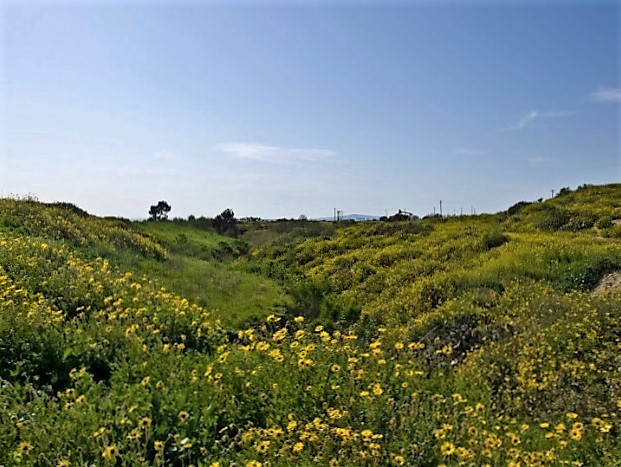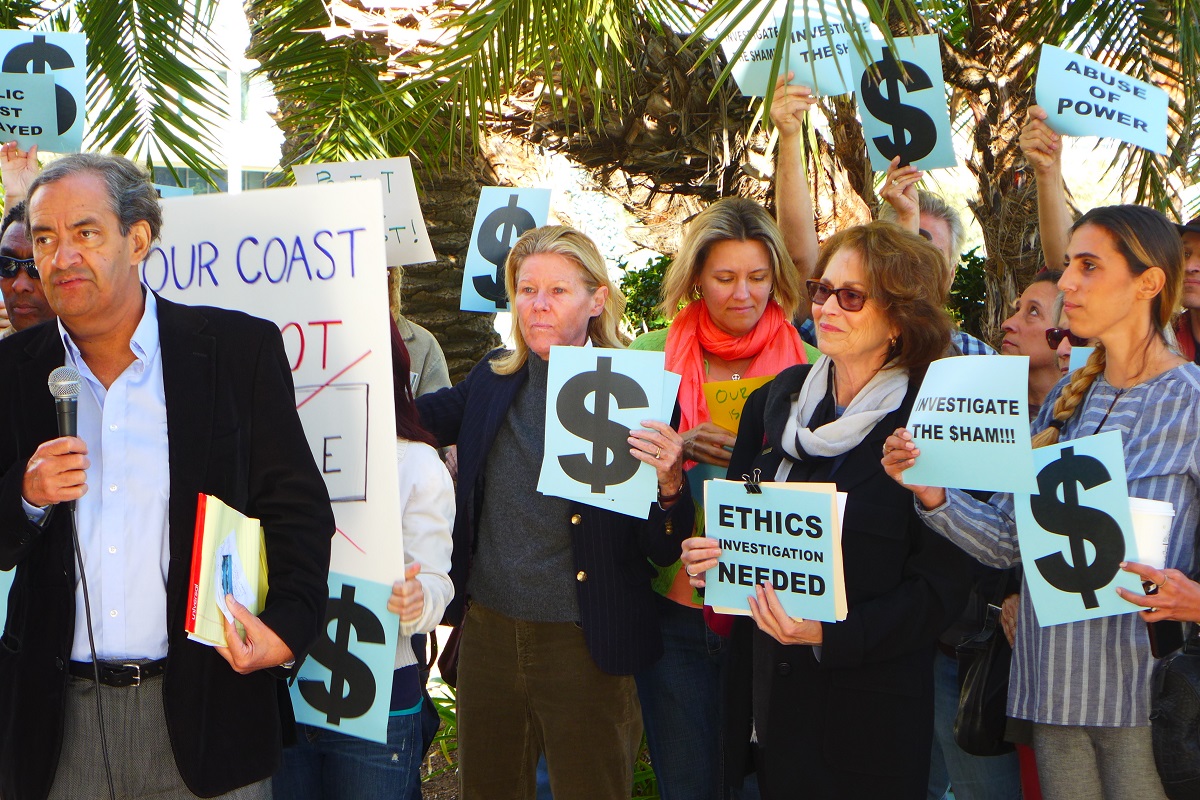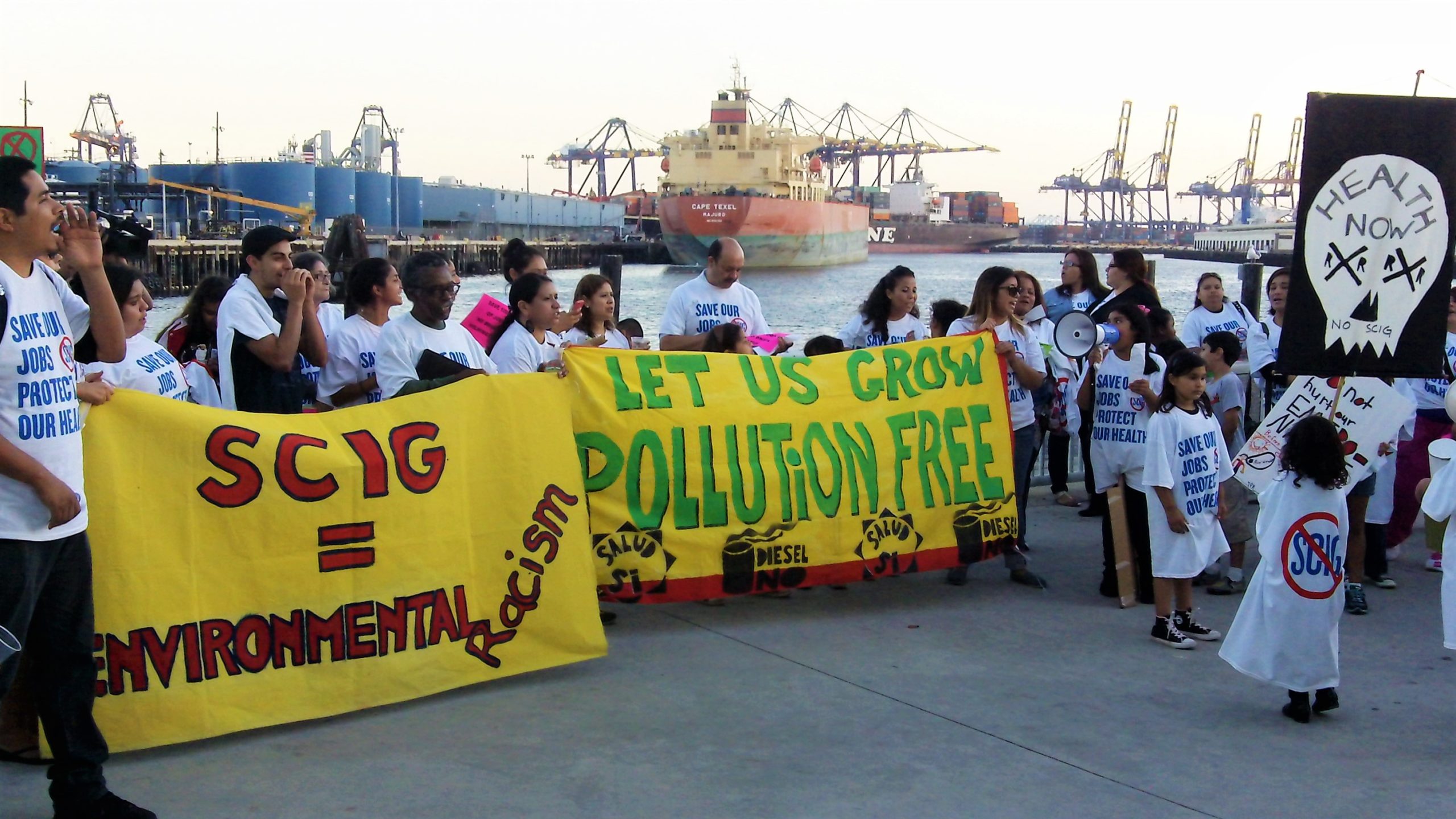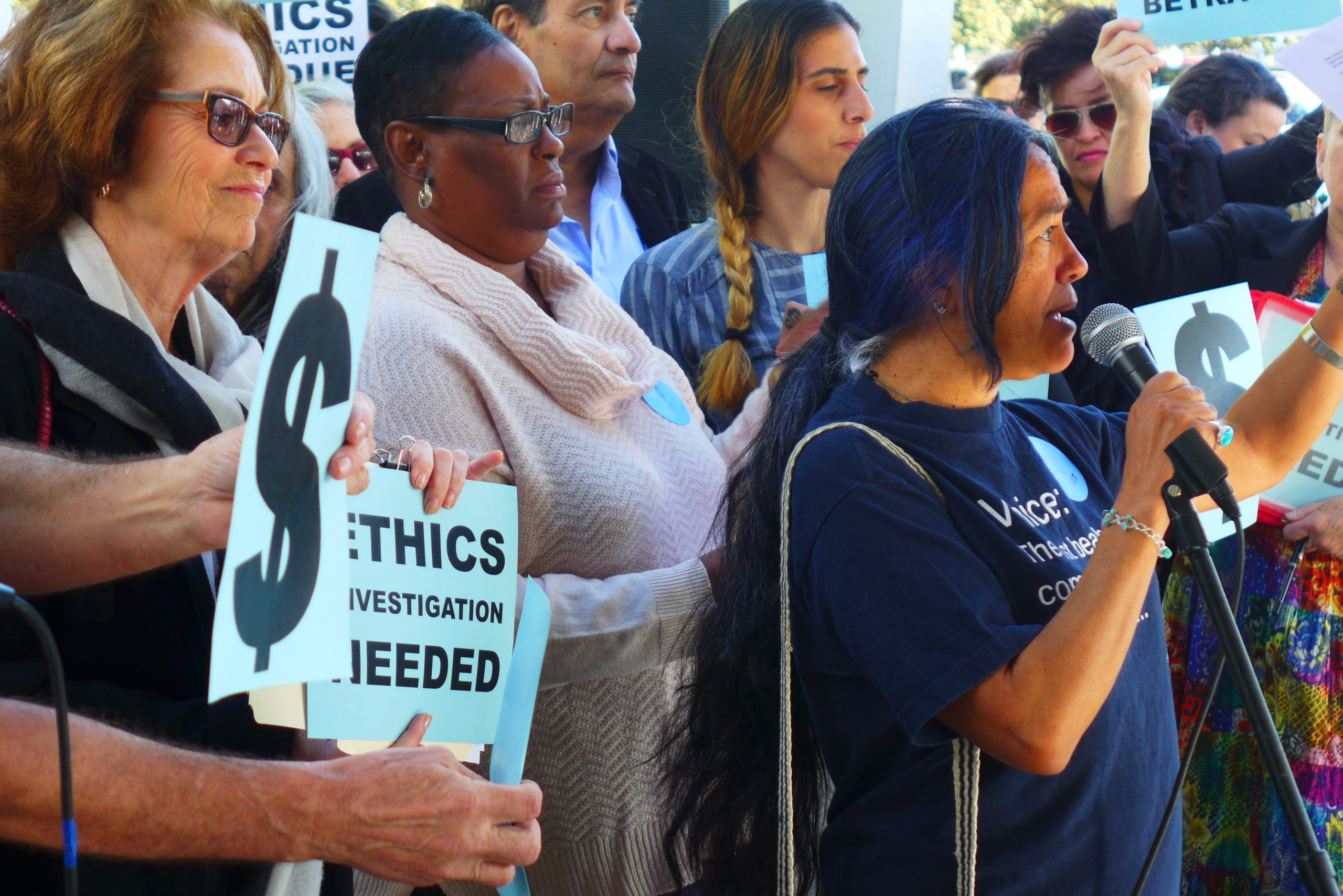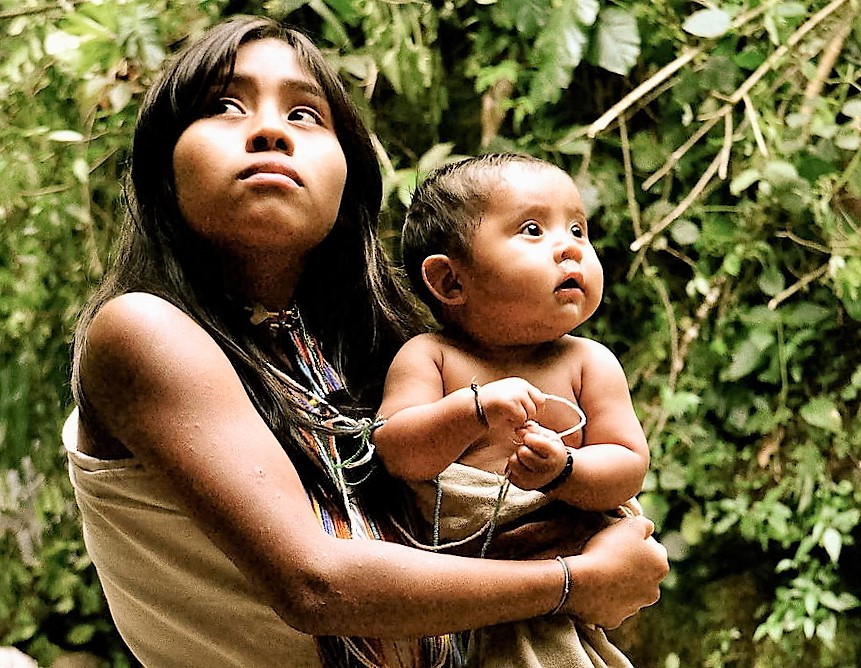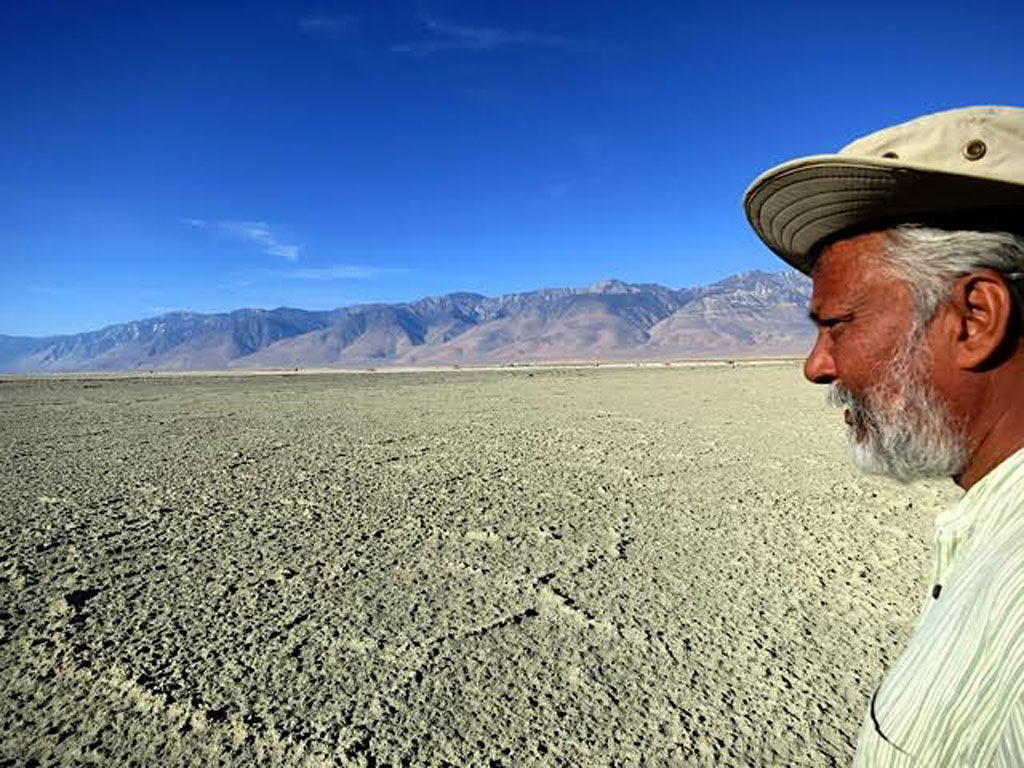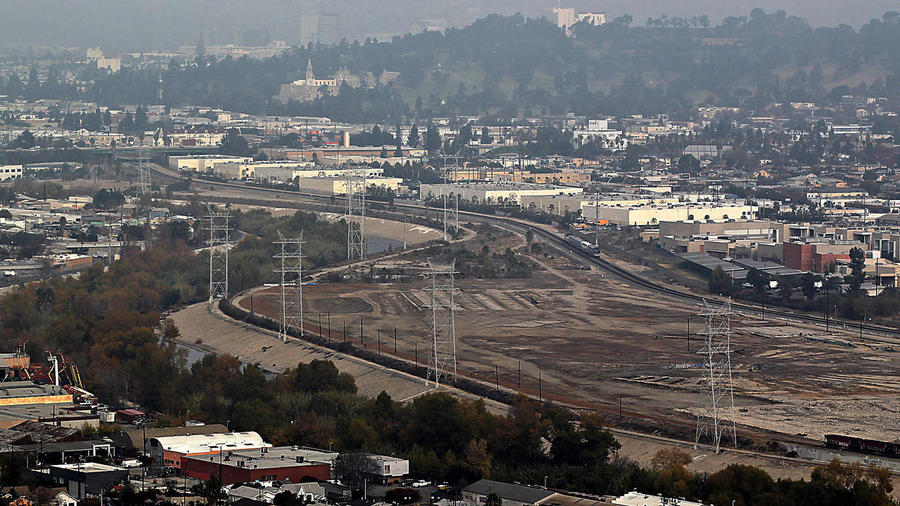Newport Beach’s Banning Ranch, the site of a proposed mega commercial and residential development, is an extraordinary archaeological site. Once the site where an ancient Native American coastal village called Genga, a ritual and trading hub for both the Tongva and Acjachemen Native American Nations, existed for over a thousand years.
Sustainability
Jerry Brown’s Regulatory Capture at the CA Coastal Commission
Jerry Brown, once known as governor Moonbeam who signed into law the California Coastal Commission, now can be seen as the man behind handing it over to developers. Governor Brown must fire his four at-will commissioners with significant lapses of judgement and ethics, as well as his powerful backroom dealer from the Resources Agency.
Reform California’s Environmental Quality Act? Not Now.
The California Environmental Quality Act, protector of resources and communities through consideration of implications of proposed projects, is under attack. Representatives from industry and real estate development, and sometimes even Governor Jerry Brown, seek ways to weaken it, or to exempt their pet projects. While the law is far from perfect, it remains the gold standard of environmental protection in the US.
Power, Influence, and Obfuscation: A Plan to Game the California Coastal Act
Why did Coastal Commissioners dump popular Executive Director Charles Lester in a closed session at their February meeting in Morro Bay? It is part of a plan by well connected lobbyists and lawyers pushing environmentally damaging projects for their wealthy clients.
Kogi People’s Lesson From the Heart of the Mountain
The Kogi People of Colombia, through two separate documentaries, delivered a message of a sustainable interconnection with nature and community as a way to avert climate and ecological destruction.
Walking Water: Eastern Sierra Pilgrimage of Healing the Drought
Alexis Slutzky tells the story of a September 2015 pilgrimage through California’s Owens Valley, called Walking Water. This first phase of a much longer journey began at Mono Lake and ended 180 miles south at Owens Dry Lake. For 100 years, Los Angeles has piped water from there over 300 miles further south to sustain the city, draining ancient lakes and groundwater, destroying natural water systems. In the fourth year of an historic drought, Walking Water seeks to create a new narrative regarding this life-giving resource, investigating our common and often conflicting needs, and learning how to live within our means.
L.A. River Must Transform as Watershed, Transportation Corridor
Takeaways from a recent Green Festival Expo discussion on the Los Angeles River Revitalization include that the job of planning for water resiliency belongs to all of us, not Frank Gehry regardless of his recent charge, and we must also consider how public access, parkland, ecosystem restoration, cargo and passenger rail, bicycle greenways, and anti-gentrification environmental justice will fit into the mix. Collaboration is the key.

